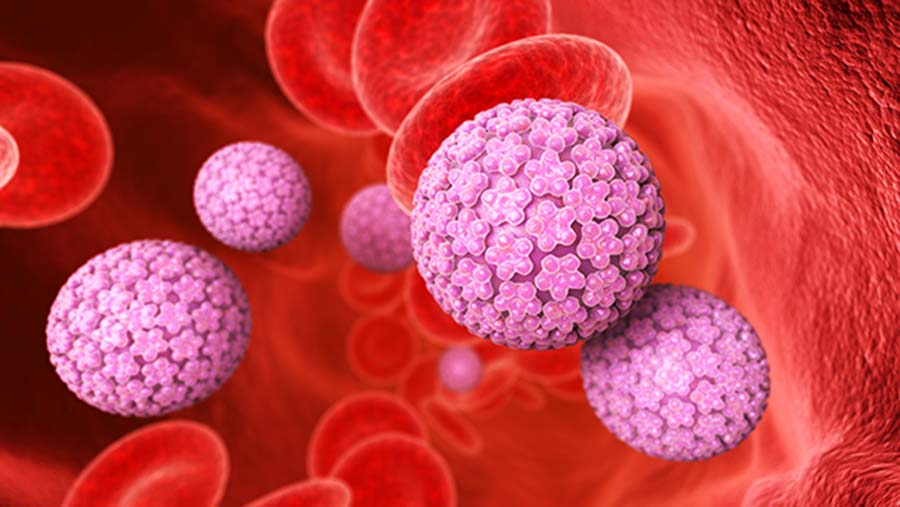
Genital Warts is an infectious viral disease that occurs in the anal and genital area. Also known as Anal Condyloma.
The causative agent of the disease is HPV (Human Papilloma Virus). This virus, which has many subgroups, often causes lesions on the hands and feet. While HPV 6 and 11 often cause benign lesions in the anal area, HPV 16 and 18 have the potential to become cancerous.
The reason of transmission of genital warts is sexual intercourse. However, people can move the lesion to another part of their body through direct contact.
Warts in the anal area usually occur with the spread of genital infection or through anal intercourse. The greater the number of sexual partners, the greater the risk of infection.
After encountering the HPV virus, the occurence of the disease is 1 to 6 months on average.
It is known that if women have warts in the genital area, it was infected to baby during vaginal delivery.
Genital warts are quite common in our society. Sometimes, genital wart symptoms are not noticed by patients because they are very faint, and sometimes they are ignored.
They are usually raised from the skin, pink-gray, protruding cauliflower-shaped lesions. Their sizes are variable. They can be in a millimeter shape, or they can sometimes merge and close the anal area with a very wide base. Peculiar lesions may sometimes be mistaken for hemorrhoids by the patient.
The most common complaints are itching in the area. Those located in the breech canal may cause bleeding (since the lesions are fragile) and foul-smelling discharge.
Diagnosis can be made easily by seeing typical lesions of different sizes located in the genital and anal region.
However, it should not be forgotten that 80% of patients with warts in the anal region also have localization in the anus, and rectosigmoidoscopic evaluation should be performed, since warts located in the anus canal are likely to become cancerous.
Surgical excision is the removal procedure with local anesthesia for small lesions that are few in number and that are not confluent. It is done using scissors or scalpel. In broad-based and widespread lesions, a tissue piece (graft) taken from another part of the body or a piece of tissue (flap) brought by sliding it from the adjacent healthy skin should be used.
Electrocautery incineration is the incineration process using high-frequency electric current. It is used quite frequently, but it should be used very carefully in wide-based lesions due to burn damage. Since strictures may develop due to the healing period of the burn, especially in the removal of lesions close to the breech entrance and all around, it is necessary to leave intact skin areas in between.
Another technique is the laser technique. It is advantageous because the beam is given directly on the wart, thus protecting the intact skin and fast recovery time.
General or spinal anesthesia is preferred for the intervention of warts located in the anus. Local anesthesia can be applied in superficial and small lesions.
It should not be forgotten that the patient should continue to be followed up at regular intervals for 6 months after all lesions are removed. Because in people infected with HPV, the time for visible lesions to appear after infection is about 6 months, and the patient should cooperate with his physician during this period.
The information, images and comments on the surgical operations mentioned on this website are for informational purposes only. The decision on diagnosis, treatment and follow-up methods will be made by the doctor.